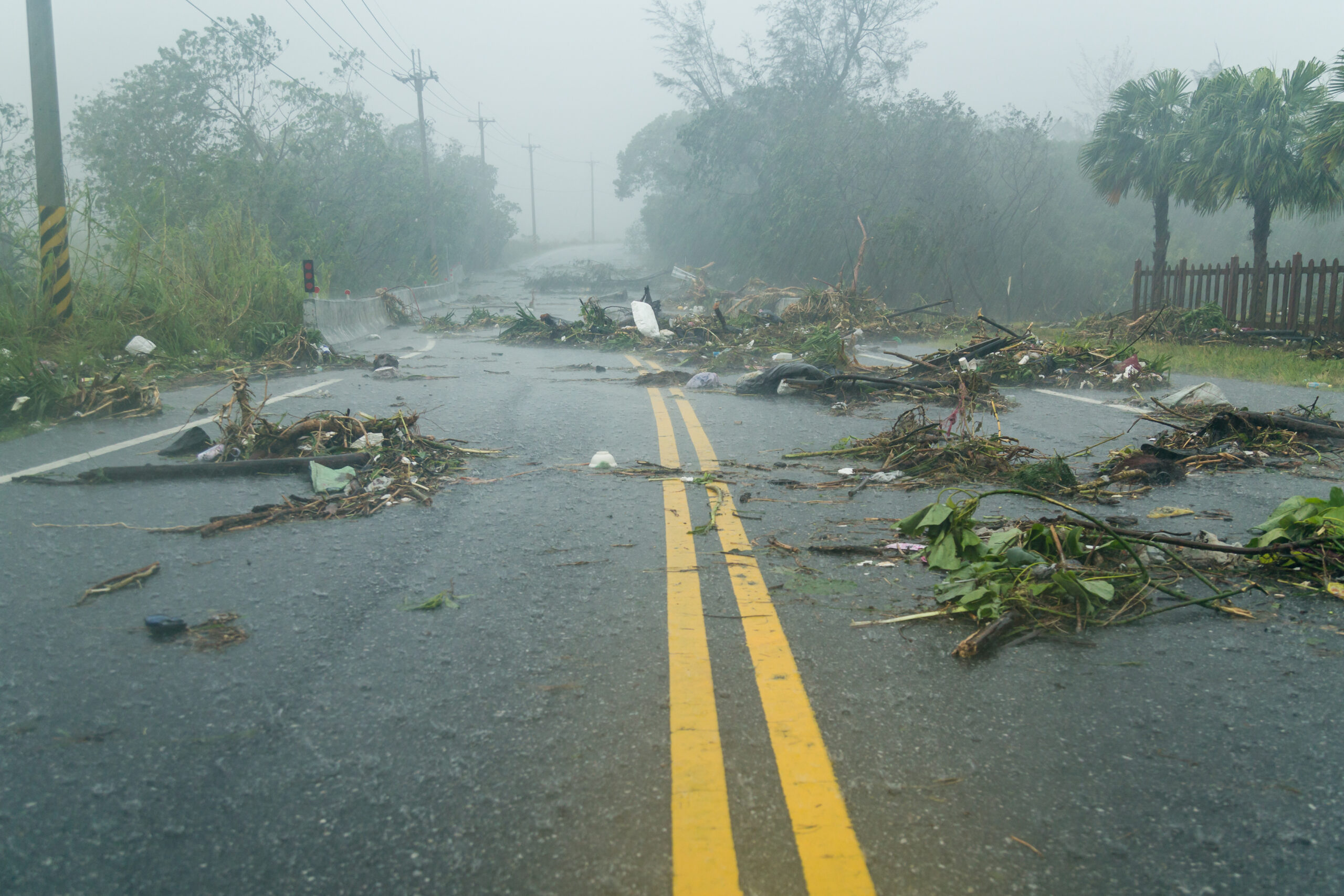Report to Congress: Protecting National Public Health and Health Care Infrastructure for the Next Disaster
(Washington, DC – January 31, 2023) – Healthcare Ready’s report to Congress on Protecting National Public Health and Health Care Infrastructure for the Next Disaster calls for greater federal oversight and interagency communication and coordination in preparing for and responding to public health emergencies.
This report makes straightforward recommendations to Congress and federal agencies to ensure that our nation is prepared and equipped to respond to the next disaster. The recommendations are based on an evaluation of current preparedness and response programs and activities authorized by the Public Health Service Act and later amendments. Initially launched in 2019, this study includes lessons learned from the COVID-19 pandemic and prior public health emergencies.
Recommendations to US Department of Health and Human Services
As outlined in the National Response Framework and made starkly more apparent through the nation’s response to the pandemic—achieving national preparedness requires a “whole community” approach with extensive coordination and collaboration across government and private sector entities (including for-profit businesses, nonprofit, and voluntary organizations), as well as a range of sectors that undergird the delivery of health care and public health services.
This report finds there are key areas of operational improvements that must be addressed to more equitably protect the health of all Americans for the next public health emergency to challenge the nation:
- Improvements in communication and coordination across public and private sectors, federal agencies involved in health care preparedness and response, federally funded programs and/or offices, and levels of government and various stakeholders (i.e., between federal and state or regional recipients of federal cooperative agreements), including by defining roles and responsibilities across agencies and programs, improving bidirectional information sharing, and strengthening partnerships across agencies and sectors.
- Strengthen accountability by setting targets for all program goals, and, benchmarks for all standards of ASPR Hospital Preparedness Program and CDC Public Health Emergency Preparedness Cooperative Agreements, and ensure monitoring and evaluation of progress with transparent reporting of results.
- Strengthen efforts to apply an equity lens to public health and health care preparedness and response via community engagement; addressing health-related social needs; and research and data collection to identify individuals with access and functional needs to understand drivers that put them at higher risk, and to inform efforts to increase capacity to meet their needs.
- Increase funding for federal preparedness and response, to strengthen our nation’s preparedness and response capabilities, help to achieve better outcomes after disasters, and contribute to ensuring our nation’s health security against future threats.
In years since the 2013 Pandemic and All-Hazards Preparedness Reauthorization Act (PAHPRA), which amended the Public Health Service Act to reauthorize federal preparedness and response programs and activities, the ASPR HPP Cooperative Agreement, CDC Public Health Emergency Preparedness Cooperative Agreement, regional disaster demonstration sites, and other initiatives have markedly advanced the nation’s preparedness and response capabilities.
Continued investments and progress toward the capabilities outlined by these cooperative agreements and other regional initiatives in public health preparedness are necessary to achieve better outcomes after disasters, and to ensure our national security amidst future threats to public health. Implementation of the recommendations in this report will help to build public will for a strong preparedness system, create more effective and efficient preparedness systems and, importantly, help us meet the needs of all Americans—especially populations that are at greater risk of being disproportionately affected by disasters.
This report was written by Healthcare Ready under a cooperative agreement with the Administration for Strategic Preparedness and Response (ASPR) at the US Department of Health and Human Services (HHS) as a requirement of Section 210 of the Pandemic and All-Hazards Preparedness and Advancing Innovation Act of 2019 Public Law No. 116-22.
Read the full Report to Congress
For comments please email research@healthcareready.org.

“Sustained investments and progress … in public health preparedness are necessary to achieve better outcomes after disasters, and to ensure our national security amidst future threats to public health.”
— Tom Cotter, MPH, Healthcare Ready Executive Director






